-
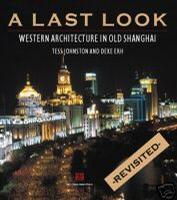
A LAST LOOK - REVISITED
-
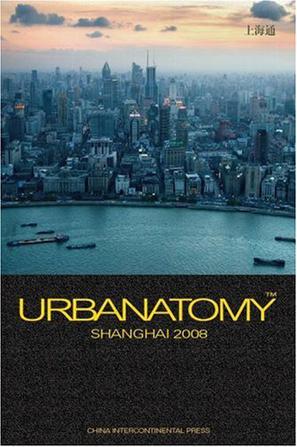
Urbanatomy
-
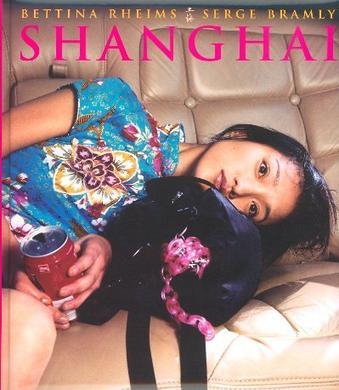
Shanghaï
封面是个明星, 但如果以为这是本美女图册 那就太小看这位顶级摄影师了。 书里的180张大幅人物照片主要是女性。 有金星/棉棉/史敏/王祖贤/周迅这样的名人, 但更多的是不知名的人, 如杂技演员/中学生/女兵/老师/女工 /居委会的大妈/在小区里散步的人等等。 在书尾有中国东方航空公司和GROUP ACCOR的logo出现,很显然,这两家公司对本书的出版给与了支持。 -
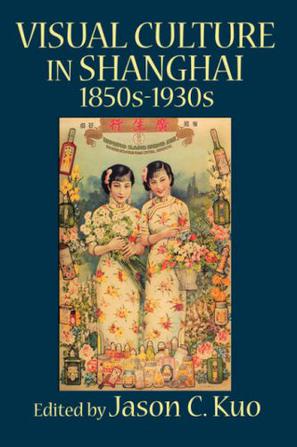
Visual Culture in Shanghai, 1850s-1930s
Visual Culture in Shanghai, 1850s-1930s is a study of formal and informal meanings of Haipai ("Shanghai School" or "Shanghai Style"), as seen through the paintings of the Shanghai school as well as other media of visual representation. The book provides us a point of entry into the nexus of relationships that structured the encounter between China and the West as experienced by the treaty-port Chinese in their everyday life. Exploring such relationships gives us a better sense of the ultimate significance of Shanghai's rise as China's dominant metropolitan center. This book will appeal not only to art historians, but also to students of history, gender studies, women's studies, and culture studies who are interested in modern China as well as questions of art patronage, nationalism, colonialism, visual culture, and representation of women. "This book constitutes a significant contribution to the literature about a period and a city that were pivotal to the emergence of modern China." -Richard K. Kent, Franklin & Marshall College. "This book navigates the complexity of Chinese modernity.. It bridges, conceptually and visually, the China of the past to present-day Shanghai, the symbol of the urban economy of 21st-century China." -Chao-Hui Jenny Liu, New York University. "Shanghai was the rising and dynamic metropolis, where many aspects of modernity were embraced with enthusiasm. Pictorial art was no longer the domain of the elite, but professionalization, commercialization, popularization, and Westernization contributed to the dissemination of images to a larger and diverse audience." -Minna Törmä, University of Helsinki. -
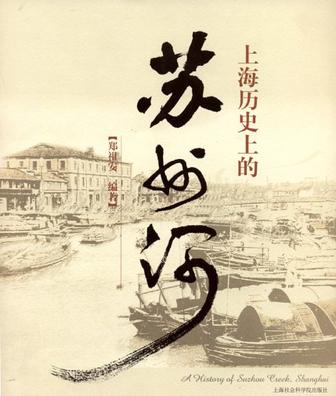
上海历史上的苏州河
苏州河是从苏州流过来的吗?旧时县城外旷野相夹的苏州河怎么变成上海城的中心河的?苏州河上的桥梁是如何一座一座架起来的?苏州河从东向西往昔的面貌一个样吗?……本书以数百张从国内外广泛搜集而来的珍贵历史照片,真实形象地展现了苏州河的百年巨变。 -
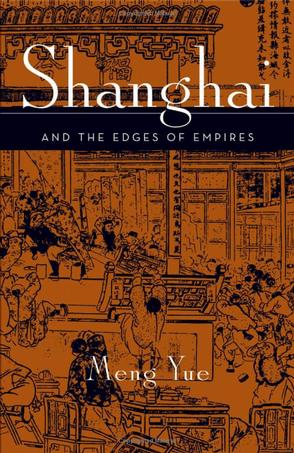
Shanghai and the Edges of Empires
Even before the romanticized golden era of Shanghai in the 1930s, the famed Asian city was remarkable for its uniqueness and East-meets-West cosmopolitanism. Meng Yue analyzes a century-long shift of urbanity from China’s heartland to its shore. During the period between the decline of Jiangnan cities such as Suzhou and Yangzhou and Shanghai’s early twentieth-century rise, the overlapping cultural edges of a failing Chinese royal order and the encroachment of Western imperialists converged. Simultaneously appropriating and resisting imposing forces, Shanghai opened itself to unruly, subversive practices, becoming a crucible of creativity and modernism. Calling into question conventional ways of conceptualizing modernity, colonialism, and intercultural relations, Meng Yue examines such cultural practices as the work of the commercial press, street theater, and literary arts, and shows that what appear to be minor cultural changes often signal the presence of larger political and economic developments. Engaging theories of modernity and postcolonial and global cultural studies, Meng Yue reveals the paradoxical interdependence between imperial and imperialist histories and the retranslation of culture that characterized the most notable result of China’s urban relocation—the emergence of the international city of Shanghai.